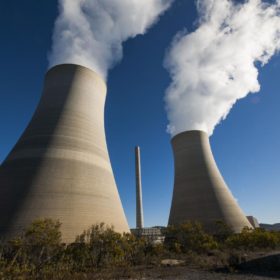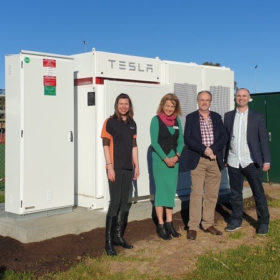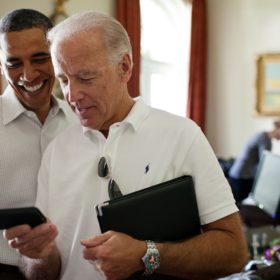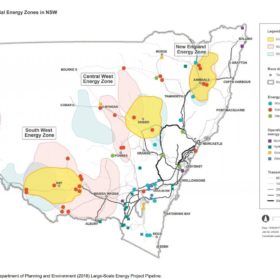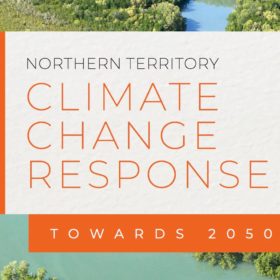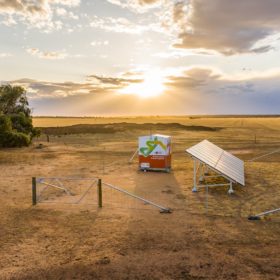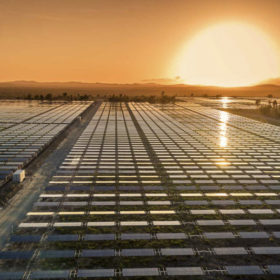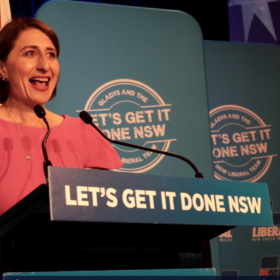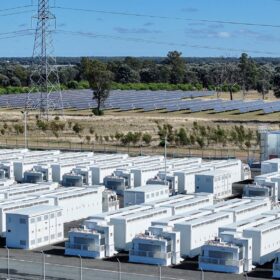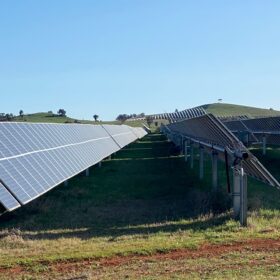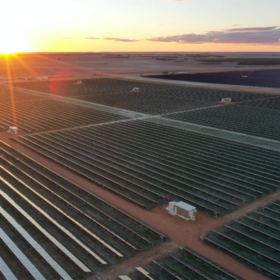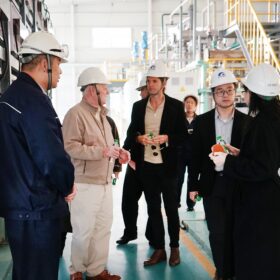The results are in – carbon pricing works
Australian researchers have completed the world’s largest comparative study on carbon pricing and the results are a “crystal clear” message to governments around the world, but particularly Australia – carbon pricing works, and works well.
$4.9m in funding for UNSW Global Hydrogen Economy Training Centre
The faucet of federal funding for the future hydrogen economy keeps on flowing today as Minister for Education Dan Tehan announced $4.9m in funding for the development of the ARC Training Centre for the Global Hydrogen Economy. The announcement comes on the back of the establishment of the UNSW’s Hydrogen Energy Research Centre, a university-to-industry institute.
WA community battery rollout continues: Tesla battery launched in Margaret River
The highly successful Western Australian community battery rollout has caught another wave and poured another glass of fine Cab Sav with its newest launch in Margaret River. This particular installation is part of a five-year trial to identify even more prime locations for community energy storage.
Biden-Sanders task force calls for 500m solar panels in five years
A wide-ranging joint report published by the Democratic presidential candidate and his former rival includes the section: ‘Undoing the harms of the Trump administration and righting the wrongs.’
REZzing up the renewable future of NSW
A couple of years ago NSW was pilloried as the laggard state in Australia’s renewable energy transition. Today it is the only state to have acted on the concentrated benefits of renewable energy zones as outlined in AEMO’s Integrated System Plan. Matt Kean’s latest announcement capitalises on developer enthusiasm for NSW’s first wildly successful REZ proposal.
NT sets net-zero climate target, joining other states and territories in ‘de facto national net-zero target’
The Northern Territory Government has released its Climate Change Response, a directive officially adopting a 2050 net-zero emissions target and 50% renewable energy by 2030 target. The Climate Council has welcomed the response, saying that the NT now joins the rest of Australia’s states and territories in effectively forming a “de facto national net-zero target”.
Western Power delivers first community SPS
The Nowanup property is a keystone in south-west Western Australia’s biodiversity regeneration, and now, with the installation of a stand-alone power system (SPS) from Western Power, the spur of the line property is no longer subject to routine outages from storm and bushfire interruptions. With self-sufficiency, Curtin University can now expand its Bush Campus into the property to better facilitate Noongar education.
AEMC gives energy businesses extra three months breathing space before major market reform
The Australian Energy Market Commission (AEMC) has decided to give energy businesses an extra three months to prepare the IT overhaul necessary for the five-minute settlement market reform. The decision comes in response to concerns that the unprecedented impacts of Covid-19 necessitated extra breathing space.
QLD attracts United Green “majority” stake investment in Rodds Bay Solar Farm despite “wet blanket” federal policy
A “majority” stake of the 300 MW shovel-ready Rodds Bay Solar Farm in Queensland has been purchased by UK investment firm United Green. The announcement comes as state government energy ministers come together to reinforce their renewable energy ambitions in this time of economic recovery, despite “the difficulty” of the federal policy vacuum.
New research warns of significant gap to be bridged from NSW’s retiring coal
New research from Cornwall Insight Australia suggests that the transition to renewable energies in New South Wales needs to pick up the pace quick-smart if it is going to cover the soon-to-be-revealed gap made by retiring coal generators.
